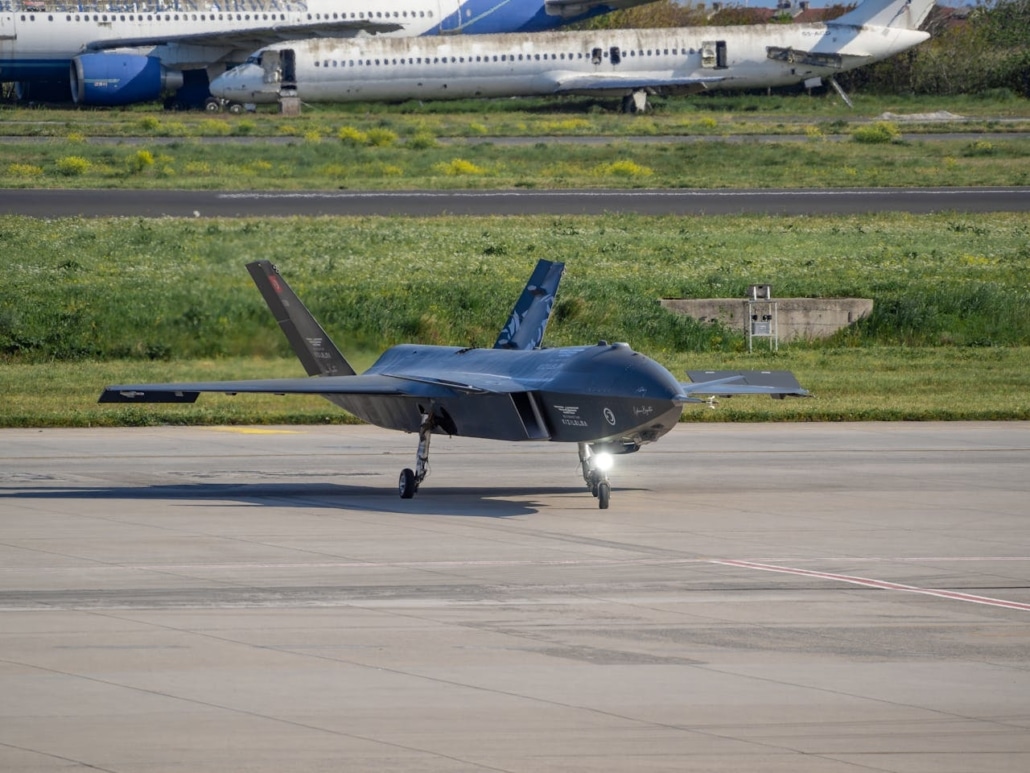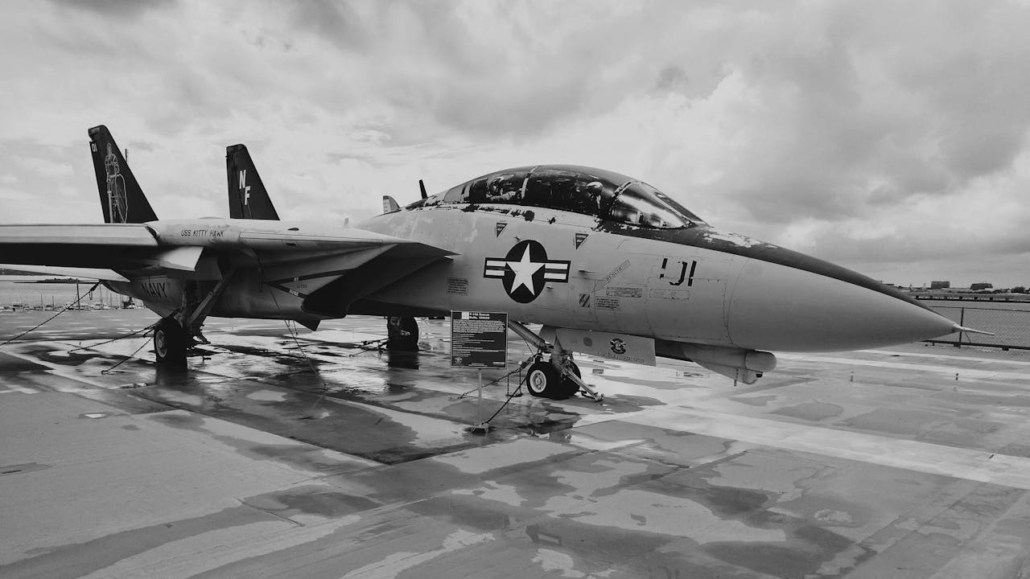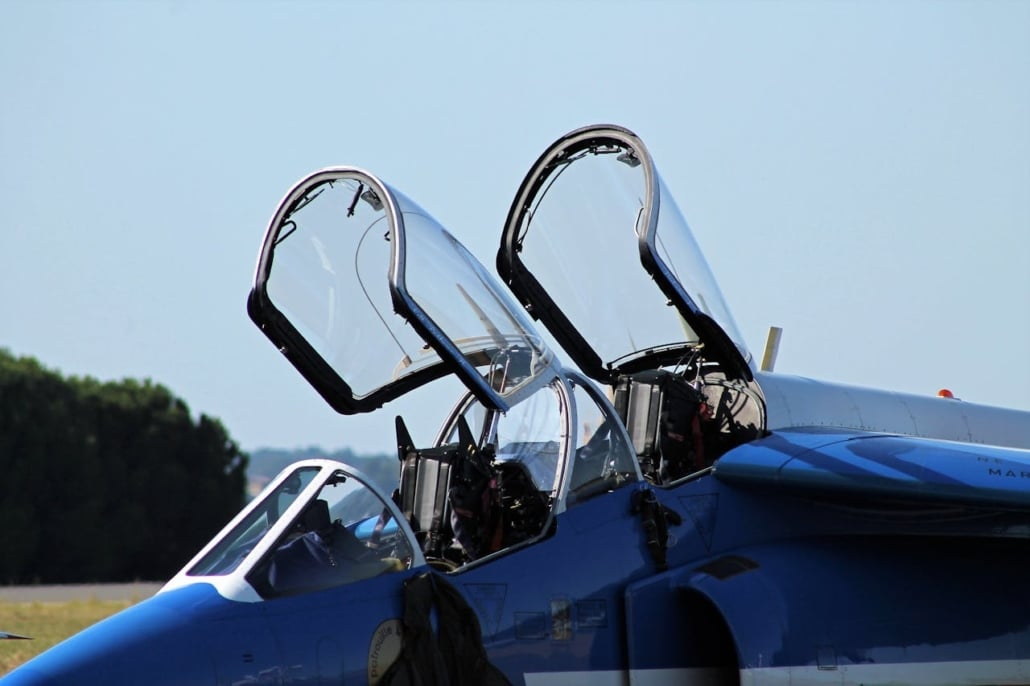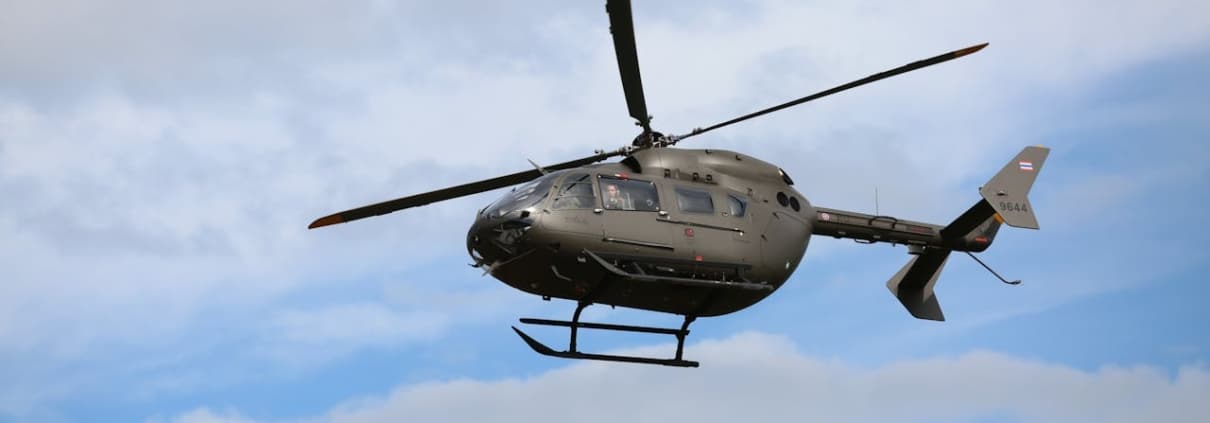HD-SDI vs. 3G-SDI: What’s the Difference?
Last Updated on July 21, 2025 by Datatoys
In professional and military-grade video systems, HD-SDI (High-Definition Serial Digital Interface) and 3G-SDI (3 Gigabit Serial Digital Interface) are popular standards for transmitting high-quality video.
Understanding the differences between these two formats is important when choosing video recorders, especially for applications that require rugged and reliable performance in challenging environments.
Critical Differences Between HD-SDI and 3G-SDI
Transmission Bandwidth
One of the primary distinctions between HD-SDI and 3G-SDI lies in their transmission bandwidths. HD-SDI transmits video at a rate of 1.485 Gbps, supporting HD resolutions up to 1080i or 720p at a frame rate of 30 fps.
This lower data rate is beneficial in applications that prioritize bandwidth efficiency. For example, Datatoys’ Corsair™ DVR, an industry-proven solution for aviation and naval use, utilizes HD-SDI for recording in HD. This ensures stable video output without overwhelming data strain on the system, making it suitable for operations where moderate frame rates are sufficient but durability and stability are non-negotiable.
On the other hand, 3G-SDI doubles the transmission rate to 2.97 Gbps, allowing for 1080p resolution at up to 60 fps. This higher data throughput supports applications that require high frame rates and detailed imagery, such as Intelligence, Surveillance, and Reconnaissance (ISR) missions.
The Dr.I Parabellum™ DVR from Datatoys is compatible with HD-SDI and 3G-SDI inputs, offering flexibility for high-demand environments. With its advanced low-latency capabilities, this DVR can record and stream simultaneously, ensuring critical footage is captured in real time—a feature essential for fast-paced, mission-critical operations where every frame counts.
Resolution and Frame Rate Support

While both standards support HD video, the difference in frame rate capabilities distinguishes HD-SDI and 3G-SDI for specific use cases. HD-SDI handles resolutions up to 1080i or 720p at 30 fps, which is ideal for applications with high resolution without requiring extremely high frame rates.
The HD Mini Bullet Camera from Datatoys provides 1080p HD-SDI output at 30 fps, perfect for capturing clear cockpit views, surveillance footage, or static scenes where clarity is critical but movement is limited. This compact camera’s rugged design allows it to withstand harsh environments, making it an effective solution for applications in aviation and controlled monitoring scenarios.
3G-SDI, by contrast, can support full HD resolution at 60 fps, making it better suited for high-motion environments. Datatoys’ HD Mini Cube Camera is designed for 3G-SDI output, providing 1080p video at high frame rates. This capability is invaluable for ISR and UAV (Unmanned Aerial Vehicle) applications that require smooth, high-definition video for navigation, tracking, or real-time analysis.
High frame rates are essential in these contexts to ensure footage remains clear and responsive and to capture details that may be missed with lower frame rates.
Compatibility and System Integration
An advantage of the 3G-SDI standard is its backward compatibility with HD-SDI, which makes it feasible to use both formats within the same system. This feature is especially beneficial for systems gradually transitioning to higher resolutions and frame rates.
Many of Datatoys’ recording devices, such as the Corsair™ DVR and Dr.I Parabellum™ DVR, support both HD-SDI and 3G-SDI inputs. This makes them highly versatile solutions that allow organizations to integrate newer 3G-SDI devices alongside existing HD-SDI infrastructure without requiring extensive equipment upgrades.
This flexibility simplifies the adoption of enhanced video quality while maintaining compatibility with current assets.
Practical Applications and Use Cases

Military and Defense
In military and defense applications, 3G-SDI is preferred for systems that rely on fast, high-resolution video, especially where real-time visuals can influence decisions. For instance, ISR missions and UAV surveillance demand high frame rates to capture fine details in fast-moving scenarios.
Datatoys’ Dr.I Parabellum™ DVR, with its military-grade durability and low-latency streaming capabilities, meets the stringent requirements of these environments. It allows for crisp video capture and instant playback, ensuring decision-makers receive accurate, actionable intelligence as events unfold.
In contrast, for applications where moderate frame rates suffice, Datatoys’ HD Mini Bullet Camera provides HD-SDI output at 30 fps. This camera is well-suited for controlled surveillance environments, such as facility monitoring or cockpit video capture, where reliable, high-quality video is necessary, but high frame rates are not as critical.
Aerospace and Aviation

In aerospace, HD-SDI systems are often preferred for capturing cockpit or cabin views due to their lower bandwidth requirements. Datatoys’ Corsair™ DVR, with its robust design, is engineered for aviation use, providing dependable video capture even in extreme conditions like high altitudes and temperature fluctuations. This makes it ideal for installations where efficient data rates are necessary for steady video recording without overwhelming onboard systems.
3G-SDI-enabled devices, such as the HD Mini Cube Camera, are valuable in UAV and real-time aerial reconnaissance applications. The higher frame rates and resolution capability of 3G-SDI allow for accurate, detailed footage in dynamic situations, providing essential visual data for UAV pilots and mission analysts who require clear visuals for navigation or decision-making in real-time.
Broadcast and Production
Broadcast and production environments often benefit from HD-SDI and 3G-SDI standards, as these systems require durable and adaptable recording equipment for outdoor and mobile production. Datatoys’ Corsair™ DVR and Dr.I Parabellum™ DVR both support HD-SDI and 3G-SDI, providing flexibility for broadcast setups that need to adapt to changing demands.
For high-speed sports and event coverage, 3G-SDI’s 60 fps capability offers smooth, high-quality footage, while HD-SDI can efficiently handle standard broadcast settings without adding unnecessary data load. These rugged devices are built to withstand the elements, making them well-suited to remote production where reliability is paramount.
Advantages of Each Standard with Datatoys Products
- HD-SDI Advantages: The Corsair™ DVR is designed to provide stable HD-SDI recording in rugged conditions, making it ideal for aerial and shipborne video capture where bandwidth and stability are important. Likewise, the HD Mini Bullet Camera supports HD-SDI output at 1080p and 30 fps, an excellent choice for environments that don’t require high frame rates but need consistent video quality.
- 3G-SDI Advantages: For applications where high motion and clarity are essential, the Dr.I Parabellum™ DVR and HD Mini Cube Camera provide 1080p at 60 fps, making them suitable for ISR, UAV, and other mission-critical scenarios. These products withstand extreme temperatures and vibrations, offering resilient performance in demanding conditions.
Understanding HD-SDI Cabling and Signal Loss
HD-SDI signals are commonly transmitted over RG6-style coaxial cables, ideal for preserving signal integrity over extended distances. However, cable type, diameter, and quality significantly affect signal quality and maximum transmission distance. Here’s a breakdown of the key factors to consider for HD-SDI transmission over coaxial cables.
1. Cable Type and Maximum Distance
- Standard RG6 Cable: Capable of transmitting HD-SDI signals up to approximately 100 meters.
- Thinner RG179 Cable: While more compact, RG179 experiences higher signal loss due to its smaller diameter. This limits HD-SDI transmission to around 100 feet.
- Impact of Cable Diameter: Thicker cables like RG6 have a larger conductor, reducing signal attenuation due to the “skin effect.” Thinner cables like RG179, with less conductor surface area, experience greater attenuation.
2. Choosing the Right Cable for Frequency and Bandwidth
- Frequency Testing: Select cables rated for the highest frequency to ensure optimal performance.
- MIL-SPEC RG179: Known for a robust jacket, the MIL-C-17/94F version of RG179 supports up to 3GHz with a 21dB loss per 100 feet at 0.4 GHz.
- Belden RG179DT (Digital Truck): An alternative rated for up to 4.5GHz, better suited for higher frequency applications.
3. Jitter and Signal Degradation
- Understanding Jitter: Digital signals degrade as distance increases, introducing “jitter” or timing errors that can hinder the receiver’s ability to interpret bit transitions accurately.
- Distance Limits: When HD-SDI signals weaken beyond a certain point, even high-grade receivers may struggle. In ideal conditions, receivers can still interpret HD-SDI signals as low as 0.080 volts or 80mV, though some premium receivers can operate as low as 70mV.
4. Calculating Cable Loss
- Cable Loss Formula: To calculate signal loss, consult the cable’s specification sheet to find attenuation at 743 MHz (half of the HD-SDI data rate of 1.485 GHz).
- Example Calculation: For a 300-foot cable run, divide by 100 and multiply by the attenuation value in dB/100 ft to estimate total loss.
- Safety Margin: SMPTE recommends factoring in a 10% shorter cable length than calculated to account for margin, ensuring reliable signal reception.
5. Fiber Optic Alternatives for Long-Distance Applications
- Fiber Optic Transmission: For applications requiring distances beyond coaxial cable limits, fiber optic cabling provides a virtually unlimited range, depending on system setup.
- Conversion Requirements: HD-SDI signals are converted to light for transmission via fiber, then back to an electrical signal at the receiving end. Fiber optic cables minimize loss and jitter, ideal for extensive cable runs in large venues or remote setups.
Choosing Between HD-SDI and 3G-SDI with Datatoys Solutions
Selecting between HD-SDI and 3G-SDI depends on the specific needs of the application. HD-SDI products like the Corsair™ DVR and HD Mini Bullet Camera deliver robust performance with lower data demands for situations prioritizing bandwidth efficiency and steady video quality. For high-speed, mission-critical environments, 3G-SDI solutions like the Dr.I Parabellum™ DVR and HD Mini Cube Camera ensure every detail is captured precisely.
Datatoys’ video solutions stand out for their resilience and reliability in extreme conditions, making them essential tools for professionals who depend on uninterrupted video quality. Explore the full range of Datatoys’ products to enhance your mission-critical applications with video systems that endure the harshest environments.



